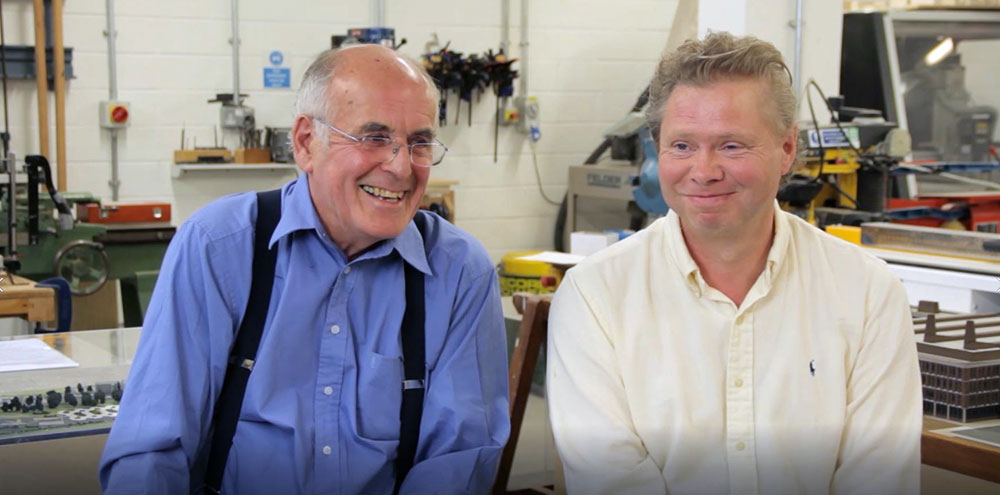John Proctor Bishop
John Bishop, who died in September 2021, was an architectural educator who sought to widen the opportunities for access to the profession and other built environment disciplines. He trained at the Manchester School of Art at the turn of the 1950s and 1960s, and following a period in practice taught at the University of Manchester School of Architecture in the subsequent decades. Latterly he had the role of admissions tutor where he was very proactive in looking beyond the traditional sources for architecture students. This pioneering work was pursued further with the establishment of the Children’s Gallery at CUBE in Manchester in the late 1990s where the creative responses of primary and secondary school students to their built environment were displayed alongside the work of leading contemporary architects. Through these activities countless young people were taught to explore the city and to imagine how it might be changed for the better. This is an enduring legacy with the MSA, a legacy not to be overshadowed by John’s semi-legendary encounter with Lionel Richie, The Commodores and a Royal Gold Medal festooned Louis Kahn on the car ramp of the Piccadilly Hotel.
www.ribaj.com/culture/louis-kahn-and-the-commodores
www.spacestoplaces.co.uk


